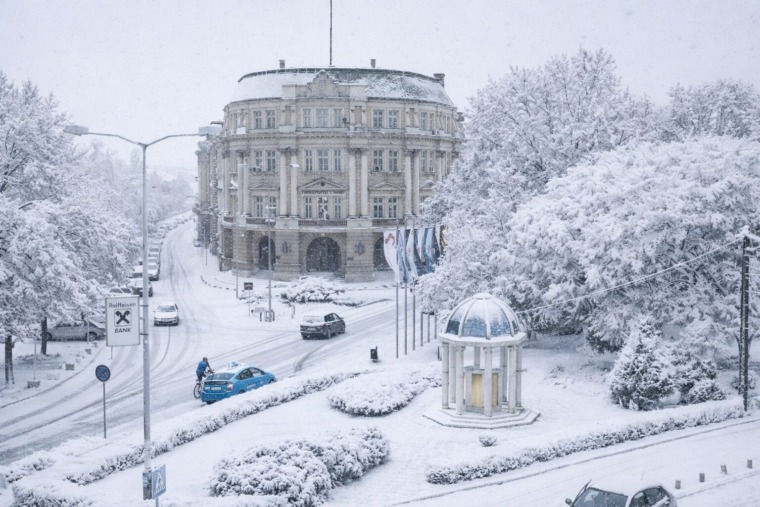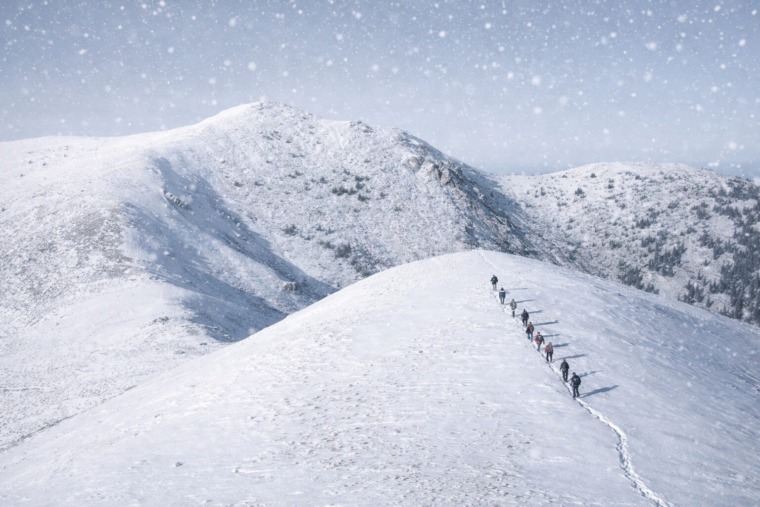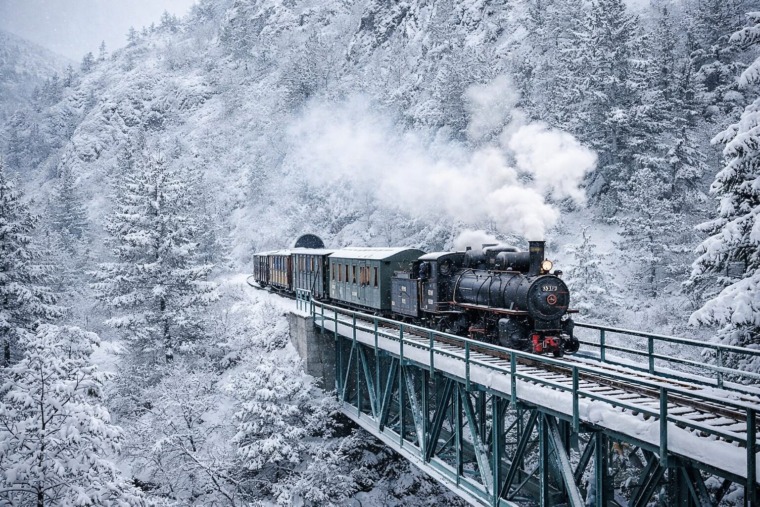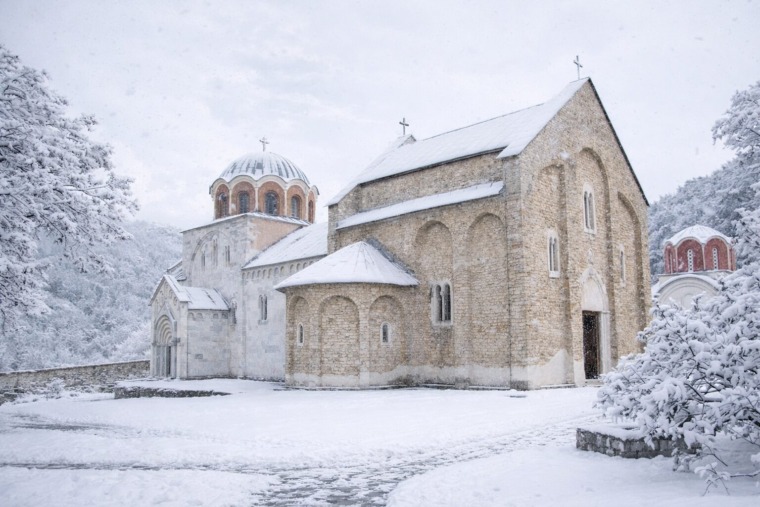
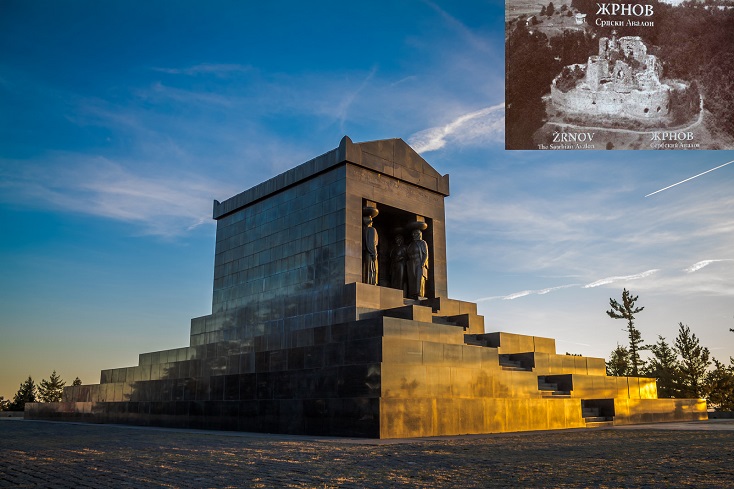
In the place where today stands the known Monument to the Unknown hero, once was, neither more nor less,a medieval city. Today, there are only stories and none of the witnesses about the fort of a great value and significance, which visitors were aliens and NLOs, according to the legends.
At the top of Avala, mountain which rises above Belgrade, until 1934., special place was reserved for the medieval city which uniqueness was described in Serbian epic songs. This is the exact place where the remains of the Celtic culture were found, where first settlements were founded and strategic position of Žrnov have always attracted conquerors who had fought for centuries for its overrun.
Back in the year 1442, Žrnov had fallen into the hands of Turks, and years later fight for this mystical place had continued. There are many legends on why Žrnov had been attracting many conquerors and also what is hidden in the corridors of ancient mines which Avala is known for. What is also remained unclear is the reason and way of tearing down this historical monument.
Namely, in the spring of 1934, king Aleksandar I Karađorđević decided to raise the Monument to the Unknown hero, and for its place he had chosen the very top of Avala – the fortified city of Žrnov. This decision left many erudite people, but also the ordinary people of that time speechless. No one knew why the king wanted exactly the place where was the one of a kind historical legacy, culture and art of medieval.
Monument to the Unknown hero is a monumental complex at which entrance you can find 8 cariatides in national costumes that symbolize unification of every nationality in Yugoslavian Kingdom. Monument-complex, the work of well-known sculptor Ivan Meštrović, was opened on Vidovdan, 28th of June, 1938.
Although many people thought that it was a gossip or a joke, soon they had learned it was not. For only two days, last traces of the ancient city were destroyed by a large amount of dynamite. The only thing that had left of the strategic fort which had been defending Belgrade and vicinity, was the cloud of smoke. Its place was taken over by the Monument to the Unknown hero which is also covered by the veil of mysteries.
 From stories that the king was obsessed about everything which was related to Yugoslavia and that he wanted to show his love to the country, over the stories that he wanted to ruin the fort which he considered to be Turkish and that the Monument is filled with symbols of masons.
From stories that the king was obsessed about everything which was related to Yugoslavia and that he wanted to show his love to the country, over the stories that he wanted to ruin the fort which he considered to be Turkish and that the Monument is filled with symbols of masons.
Unfortunately, the real reason for ruining this important archaeological finding and valuable historical museum will probably never be known.
Still, deep beneath the place of today’s monumental mausoleum, some secret may be awaiting to be revealed, some clue to be found or some long forgotten memory to be woken up. You never know…
Related Articles


From Fireworks to Family Dinners: New Year’s Eve Across Serbia
December 31, 2025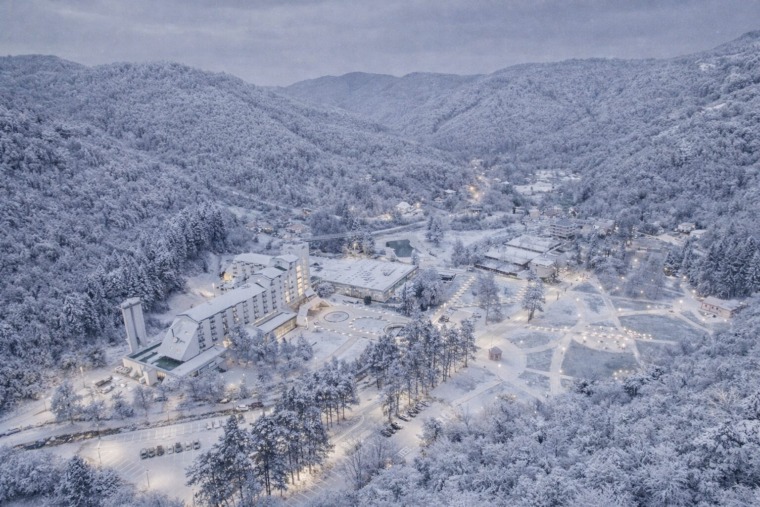
Kuršumlijska Banja: Serbia’s Quiet Winter Spa Escape
December 30, 2025
Novak Đokovic Receives Special Globe Soccer Award in Dubai
December 29, 2025

